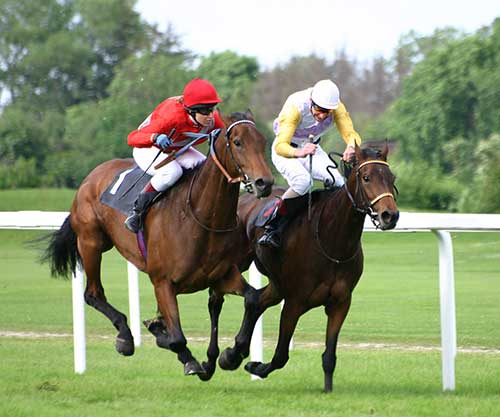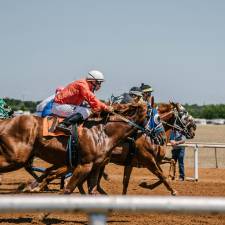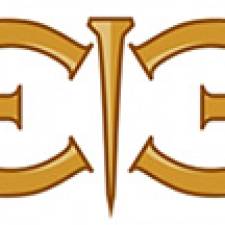
Have you ever wondered how odds are determined? If you frequent the horse track, you know how exciting it is to pick a longshot favourite from the field, place a wager with the counter, and pick up your handsome reward when your pick gallops to victory.
But how does a dark horse get those longshot odds in the first place? You may know how to read odds, and you may know that prices can fluctuate up to the gates springing open, when the starting price becomes fixed.
Here’s how oddsmakers arrive at this moment.
Money and Math
Race odds are largely compiled from a formula that processes the total amount wagered on a race, the amount wagered on each participating horse, and the amount the trace or betting facility makes. If wagers have yet to be placed, the odds consider the estimated cut of the total betting pool each horse is predicted to receive.
Oddsmakers are specialists in predicting the outcomes of horse races. They often have years of experience breaking down mountains of data into single, simple to understand outcomes for each race entrant.
Gathering Intel the Manual Way
Oddsmakers also rely on old fashioned, face-to-face research to collect the latest insights. Other experts, private handicappers, and race watchers affiliated with stables are consulted. They even consider the current records of jockeys and trainers when factoring the odds, factoring in things like winning streaks and top performances.

Determining the House Cut
After oddsmakers have gathered the data they need to intelligently set predictions, they decide on a profit margin for the book using over-rounding (the margin above 100-percent when odds expressed as percentages for each horse in the race are added together).
Over-rounding sounds confusing, but it’s really not. For example, if every runner in a five-horse race is given 3/1 (4.0) odds, the implied probability for each is 25%. Add the 25% probabilities for each of the five horses, and you get 125%. The extra 25% is oddsmaker’s expected profit margin, also known as the “vig” or “juice”.
In other words, the oddsmaker expects to pay out four units on every five units brought in.
Locating Outlets for Odds
You don’t have to venture to the race track to find odds. These days, horse race odds and those for many other sporting events are published online and are easily accessible from your smartphone. Some sites publish a single line for an event, while other sites pull in odds from a range of sources.
Surveying the overall landscape of odds and available types of wagers gives you, the bettor, the chance to find the best prices. You may think of it a bit like bargain hunting at the supermarket.













